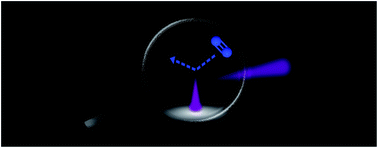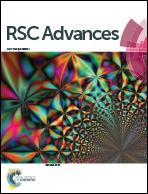Insight into the defect–molecule interaction through the molecular-like photoluminescence of SiO2 nanoparticles
Abstract
Luminescence properties due to surface defects in SiO2 are the main keystone with particles that have nanoscale dimensions, thus motivating their investigation for many emission related applications in the last few decades. A critical issue is the role played by the atmosphere that, by quenching mechanisms, weakens both the efficiency and stability of the defects. A deep knowledge of these factors is mandatory in order to properly limit any detrimental effects and, ultimately, to offer new advantageous possibilities for their exploitation. Up to now, quenching effects have been interpreted as general defect conversion processes due to the difficulty in disentangling the emission kinetics by the action of the specific quenchers. To overcome this limit, we report a time-resolved investigation of the effects induced in specific controlled molecular environments (N2, O2, CO2 and H2O) on the exceptional molecular-like luminescence that is observed around 3.0–3.4 eV in SiO2 nanoparticles. A comparison with the effects under vacuum indicates changes of the luminescence intensity and lifetime that agree with two quenching mechanisms, static and dynamic. The peculiarity of the spectral features, together with a powerful investigation approach, makes this the system of choice to probe inside the dynamics of the molecule–defect interactions and to reveal promising characteristics for molecular-sensing purposes.


 Please wait while we load your content...
Please wait while we load your content...